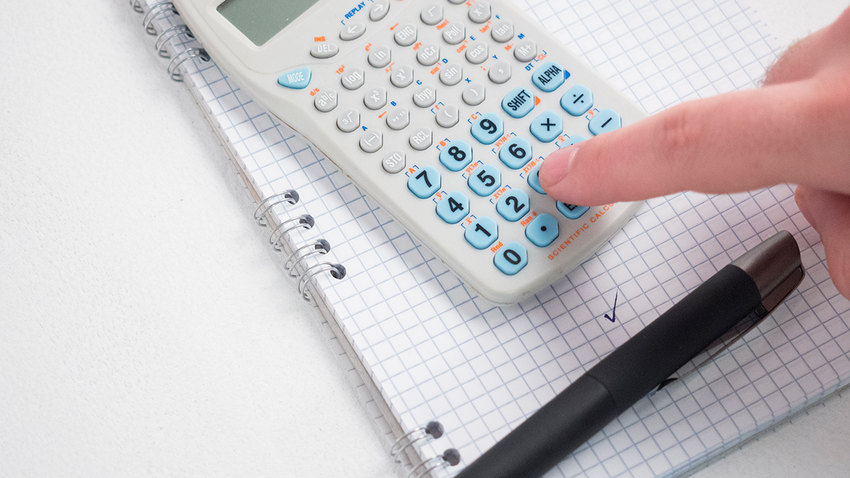
Algo-trading is a trading approach wherein the trader uses computer algorithms to automate trading strategies, find trading opportunities, and execute trades. That is why algo-traders give paramount importance to ensuring that their algo-trading strategy is effective. Effective not only in terms of profit generation but also in terms of mitigating risk. A strategy that has the potential to generate the highest annualised returns may have a high-risk factor that stops it from becoming the go-to strategy. Hence, most traders, algo-traders or regular traders, give more importance to risk-adjusted returns. Algorithmic traders rely on algo-trading platforms to put their techniques into practice and improve them. In order to improve their trading algorithms and achieve risk-adjusted returns, they make use of tools and technology. In this blog, we will deeply dive into the Sharpe ratio, a metric to evaluate risk-adjusted returns.
Table of Contents
Meaning of the Sharpe Ratio
Named after William Forsyth Sharpe, a Nobel-prize-winning economist, the Sharpe ratio is a metric used to calculate the risk-adjusted return of a trading strategy. The Sharpe ratio measures the excess return compared to the risk-free rate per unit of risk. That may sound a bit complicated, so let’s simplify the Sharpe ratio. First, in this context, the risk is measured in terms of volatility; the higher the volatility, the higher the risk. Let’s understand the ratio by looking at its mathematical formula below.
Calculation of the Sharpe Ratio
The mathematical formula of the Sharpe Ratio is as follows.
Sharpe Ratio = S = (Rx – Rf) / Std Dev
In the above equation:
- Rx is the average rate of return on the investment.
- Rf is the risk-free rate.
- Std Dev is the standard deviation of the investment’s return.
You can think of the risk-free rate as a hypothetical rate of return on an investment that carries no risk. This risk-free rate is often used as a benchmark for evaluating the expected returns of other investments. On the other hand, the standard deviation on the investment’s return indicates the level of volatility associated with the investment. A higher standard deviation implies higher volatility. You can use the Sharpe ratio formula to evaluate various investment and investing strategies and figure out which investments or strategies give better returns. Let’s look at an example to make more sense of it.
Example of Sharpe Ratio
Assume you have constructed two portfolios, A and B, using two different strategies. You then let the portfolios perform during the year, and after a year, you record the following observations.
Portfolio A delivered a return of 15%, and Portfolio B delivered a return of 10%. That said, you observe that the first portfolio was much more volatile than the second one. When you calculate the standard deviation, you find that the volatility of Portfolio A is 12%. In contrast, when you assess Portfolio B, the volatility drops to 5.5%. In both cases, assume that the risk-free rate in both portfolios stands at 3%.
Now, applying the Sharpe ratio formula, we get:
Sharpe ratio of A = (15–12)/3 = 1
Sharpe ratio of B (10–5.5)/3 = 1.5
So, using the Sharpe ratio formula, you find out that the Sharpe ratio of Portfolio A is 1 and Portfolio B is 1.5. That said, how must you interpret these numbers as inventors? What is an ideal Sharpe ratio?
What is a good and bad Sharpe Ratio?
A Sharpe ratio above 0.75 is considered a good or acceptable ratio. Any investment or investing strategy that generates a Sharpe ratio of less than 0.75 should be avoided. However, some institutional funds prefer the ratio to be above 1. The lower the Sharpe ratio, the greater the volatility and risk. That is because when the Sharpe ratio exceeds 1, it implies the return is higher than the risk.
So, in the illustration above, if we are looking for a portfolio with a lesser risk, we choose Portfolio B, as it has a higher Sharpe ratio than Portfolio A. However, after evaluating your investor profile and risk appetite, if you believe you’re comfortable taking more risks, you could go with Portfolio A. After all, every investor’s investing approach is subjective. However, purely on a risk basis, Portfolio B makes the better portfolio, as it offers better risk-adjusted returns.
The Limitations of the Sharpe Ratio
So, the Sharpe ratio is an important metric to help traders calculate their risk-adjusted return. However, like any quantitative investing metric, it has its limitations. First, the ratio calculation only considers historical returns and volatility. And in investing, you surely have heard the line—past performance does not reflect future performance. So, when you calculate the Sharpe Ratio, you are assuming that the future returns and volatility will be the same, which is extremely unlikely to be the case in reality. In addition, the ratio is also dependent on the risk-free rate, which, likewise, is unlikely to remain constant and can vary over time.
The ratio may also not be suited for comparing investments across different asset classes. That is because the ratio assumes that the risk of the investments being compared is comparable. The ratio is generally used to compare investments within the same asset class.
Conclusion
To conclude, the Sharpe ratio is a widely used measure to calculate the risk-adjusted returns of an investment. However, like every evaluation metric, you should not solely rely on the Sharpe ratio to arrive at your investment strategies, whether you are aiming for algo trading strategies or regular trading strategies. So, consider using the ratio in conjunction with other investment ratios to plan your investment strategy.